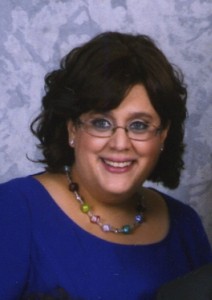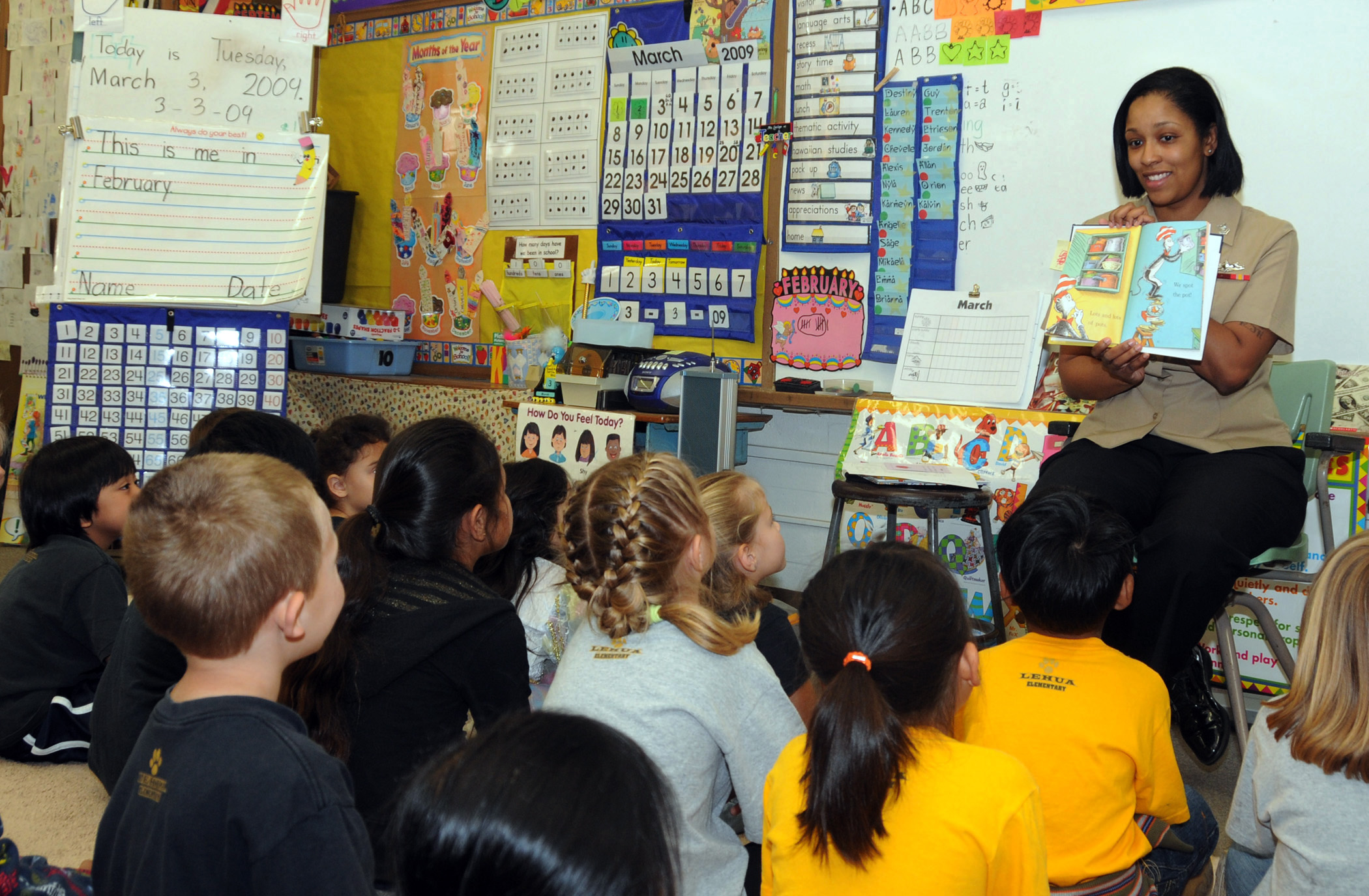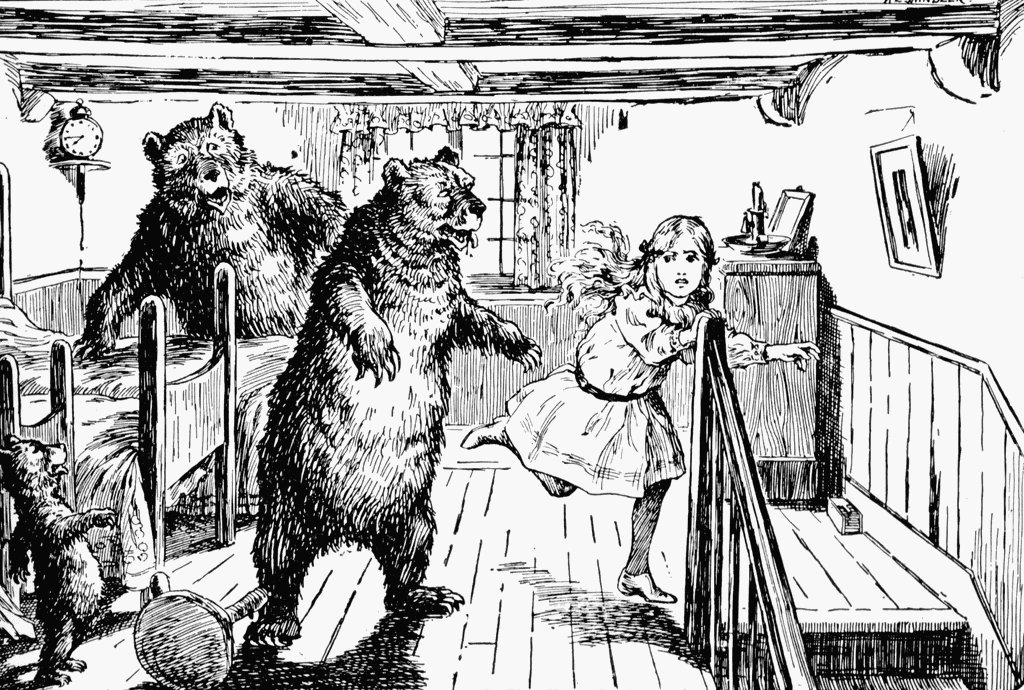 If you could interview any kids’ book author or illustrator living today, who would it be?
If you could interview any kids’ book author or illustrator living today, who would it be?
Can I confess something? As a freelance writer for magazines and newspapers, I have to do a lot of interviews. But here’s the thing… I HATE interviews.
It’s not you, it’s not me; it’s the phone. I’m just not a telephone person. I’d rather walk five to ten blocks and be disappointed that a friend is out than use the phone to tell her I’m coming over.
This isn’t a phobia or anything. If it needs to be done, so be it. I get ‘er done and move on. I do love talking to interesting people, from cardiologists to paralympians, from chefs to students with a dream, and learning from them all… but I still hate using the phone.
That means my dream interview format is… the EMAIL INTERVIEW. Aka pestering people at random in the wild hope that they’ll get back to you with something interesting.
 Lucky for me, WRITERS WRITE. It’s what we do, and we’re good at it. So I was thrilled when a very special writer / illustrator (or probably the other way ‘round) whose work I’ve been following for a while got back to me with her wonderful email responses.
Lucky for me, WRITERS WRITE. It’s what we do, and we’re good at it. So I was thrilled when a very special writer / illustrator (or probably the other way ‘round) whose work I’ve been following for a while got back to me with her wonderful email responses.
Finding a niche
Some novice authors think that they will be most successful if they write for a huge, general audience. That can work for some, but perversely, sometimes choosing a small, specific niche audience can offer a greater chance of success.
 Ann D. Koffsky (Ann-with-no-E, the opposite of Anne of Green Gables) is a kids’ writer with a niche: like me, she sticks mainly to books for Jewish kids and families. Unlike me, she’s totally talented at drawing.
Ann D. Koffsky (Ann-with-no-E, the opposite of Anne of Green Gables) is a kids’ writer with a niche: like me, she sticks mainly to books for Jewish kids and families. Unlike me, she’s totally talented at drawing.
 Ann started as an illustrator for others’ books, but in the last few years, has come out with a few of her own as well.
Ann started as an illustrator for others’ books, but in the last few years, has come out with a few of her own as well.
These days, everywhere I look in the world of Jewish children’s and educational publishing, there’s Ann. In addition to her writing and illustrating, she blogs and creates beautiful children’s colouring pages on Jewish topics, available free on her site. And last Passover, when I sat down with my son to do a holiday puzzle we had lying around, I looked at the box and realized the illustration was Ann’s, of course. She’s everywhere!
 The Interview
The Interview
Here’s where you pretend that I am all slick and erudite and deep-voiced like those people who talk about literature on the radio. Thanks! :-)
WriteKidsBooks: How is a kids' book different from an adult book?
Ann D. Koffsky: If you mean specifically a picture book, as opposed to a chapter book or YA [young adult], I think the biggest different is right there in its name: "PICTURE book." Pictures are the main vehicle for telling the story. A kids’ book is a visual experience — a grown-up book is all text. That, to me, makes it a vastly different product and means of communication with your audience. It's like the difference between a movie and a song!
WKB: What is your favourite children's book of all time? (I’m Canadian; I get to spell “favourite” with a “U”!)
 ADK: Harold and the Purple Crayon by Crockett Johnson. Some books are classics for good reason! I love this book because of how seamlessly the text and the pictures work together to tell a story. And, it's so clever and brilliant — deceptively simple pictures hide true genius! And feel free to spell however you like :)
ADK: Harold and the Purple Crayon by Crockett Johnson. Some books are classics for good reason! I love this book because of how seamlessly the text and the pictures work together to tell a story. And, it's so clever and brilliant — deceptively simple pictures hide true genius! And feel free to spell however you like :)
WKB: You write and draw mainly around Jewish themes. What drew you (no pun intended!) to this specific niche rather than to a more general audience?
 ADK: It's a cliché, but in this case it's true: you write what you know. I am a Jewish Mom, and my kids are in Jewish schools, and a lot of our lives revolve around all that stuff. So it's in my head, and I guess when I start thinking creatively, it's what comes out.
ADK: It's a cliché, but in this case it's true: you write what you know. I am a Jewish Mom, and my kids are in Jewish schools, and a lot of our lives revolve around all that stuff. So it's in my head, and I guess when I start thinking creatively, it's what comes out.
Please check out Ann’s latest book, Frogs in the Bed: My Passover Seder Activity Book, which you can preorder now from Behrman House Publishing.
 Her coloring pages – for Jewish holidays and also for many wonderful secular occasions – are all available free at her site. Just click the cute honeypot to visit her now.
Her coloring pages – for Jewish holidays and also for many wonderful secular occasions – are all available free at her site. Just click the cute honeypot to visit her now.
Thanks for reading!!!!
Now, back to my question: If you could interview (or READ an interview with) any children’s book writer or illustrator alive today, who would it be?




 Ann D. Koffsky (Ann-with-no-E, the opposite of Anne of Green Gables) is a kids’ writer with a niche: like me, she sticks mainly to books for Jewish kids and families. Unlike me, she’s totally talented at drawing.
Ann D. Koffsky (Ann-with-no-E, the opposite of Anne of Green Gables) is a kids’ writer with a niche: like me, she sticks mainly to books for Jewish kids and families. Unlike me, she’s totally talented at drawing.








 A lot of people decide to write kids books because they think kids today are “lacking in values” (not sure what this means) or need good, wholesome stories that “reinforce values.”
A lot of people decide to write kids books because they think kids today are “lacking in values” (not sure what this means) or need good, wholesome stories that “reinforce values.”
 There are two kinds of people who want to write kids’ books. Which one are you?
There are two kinds of people who want to write kids’ books. Which one are you?





